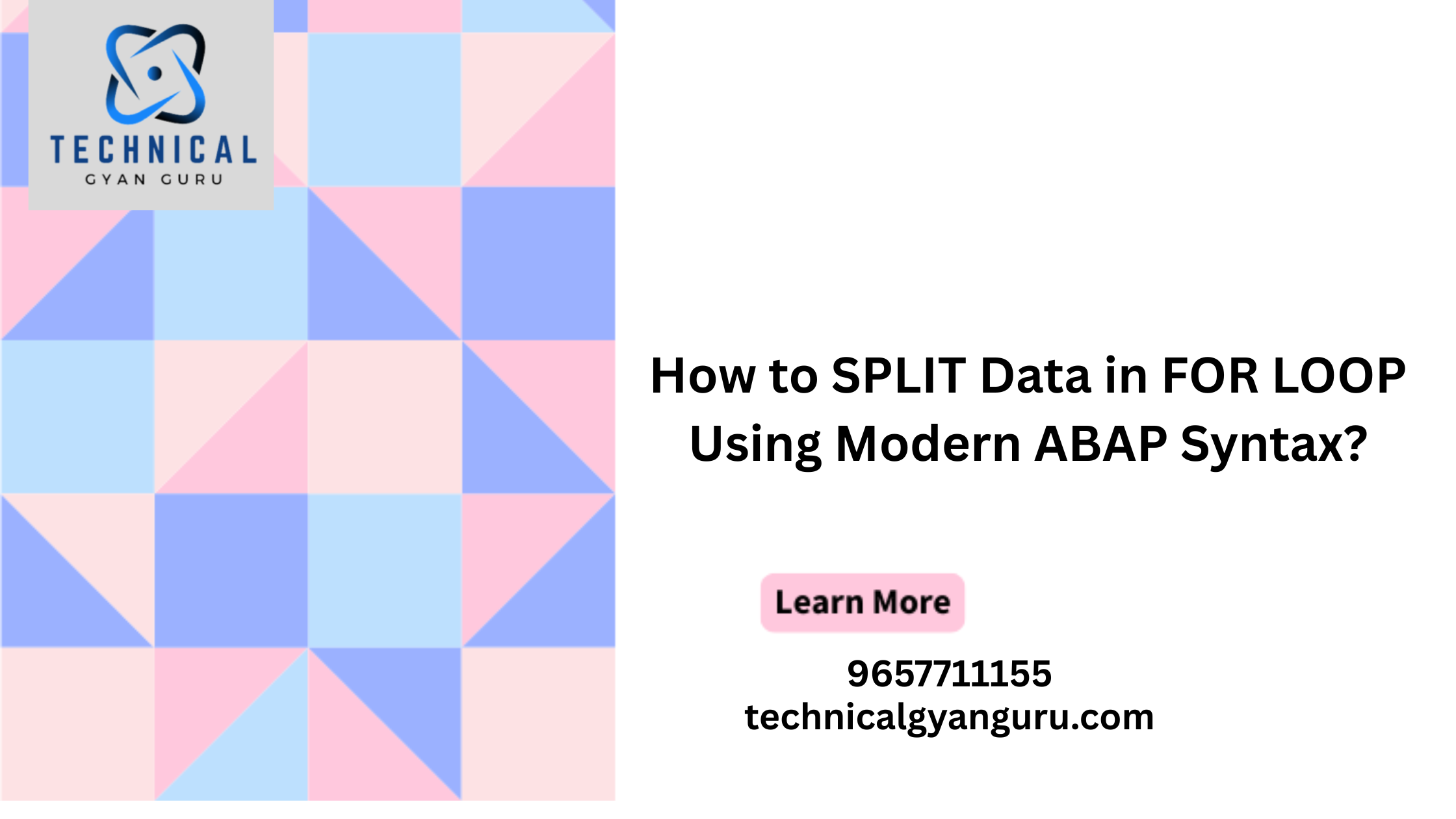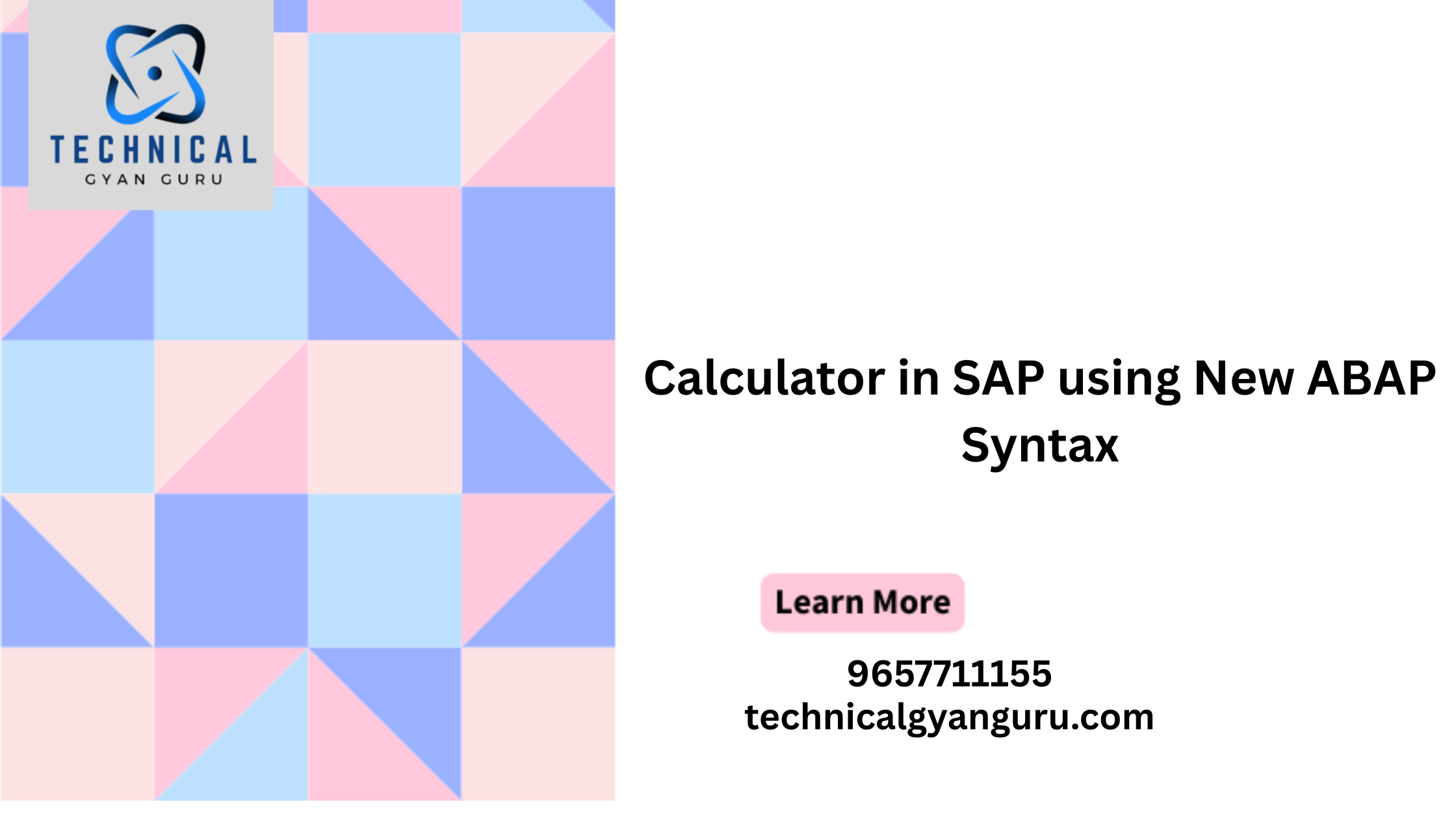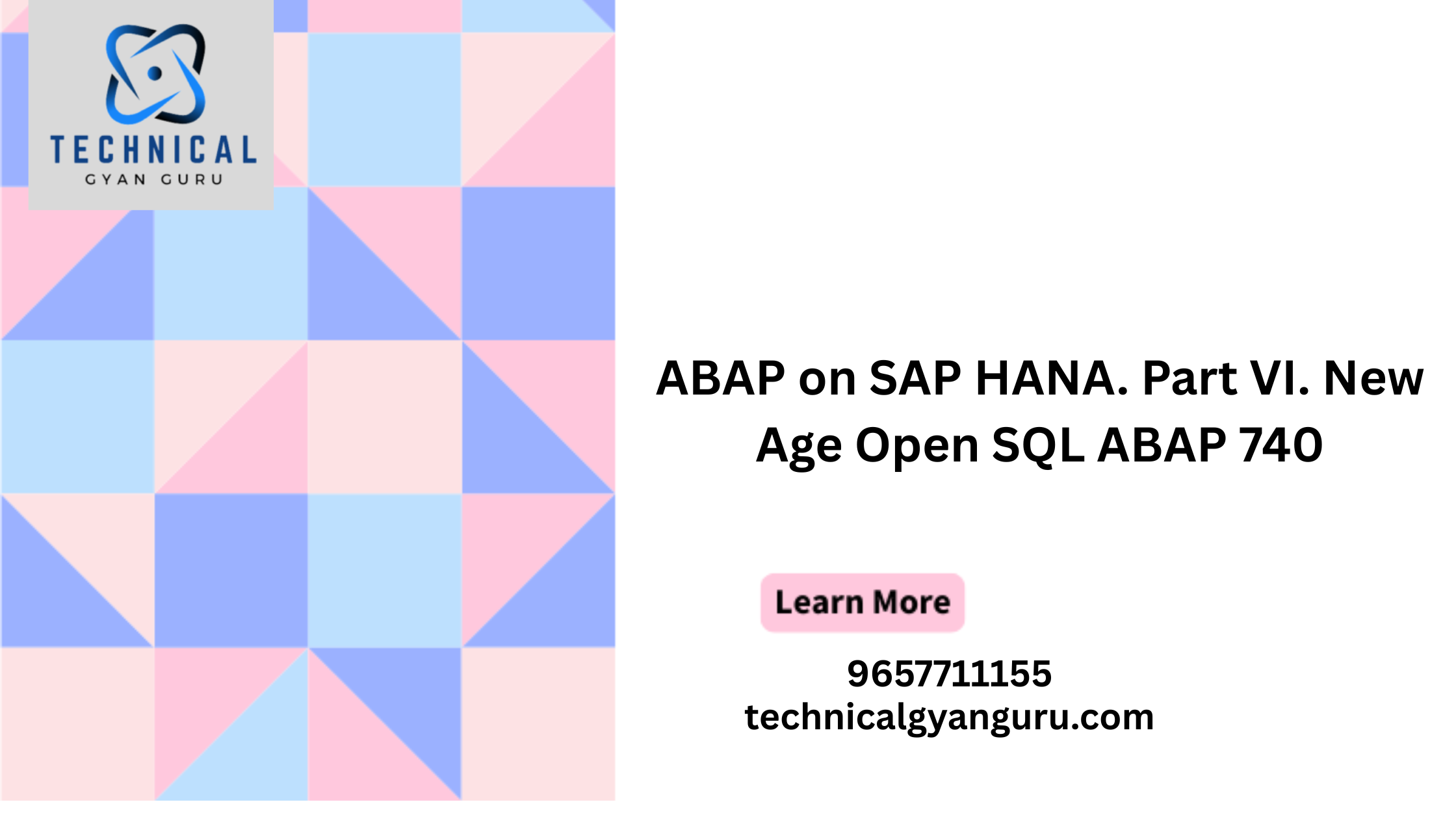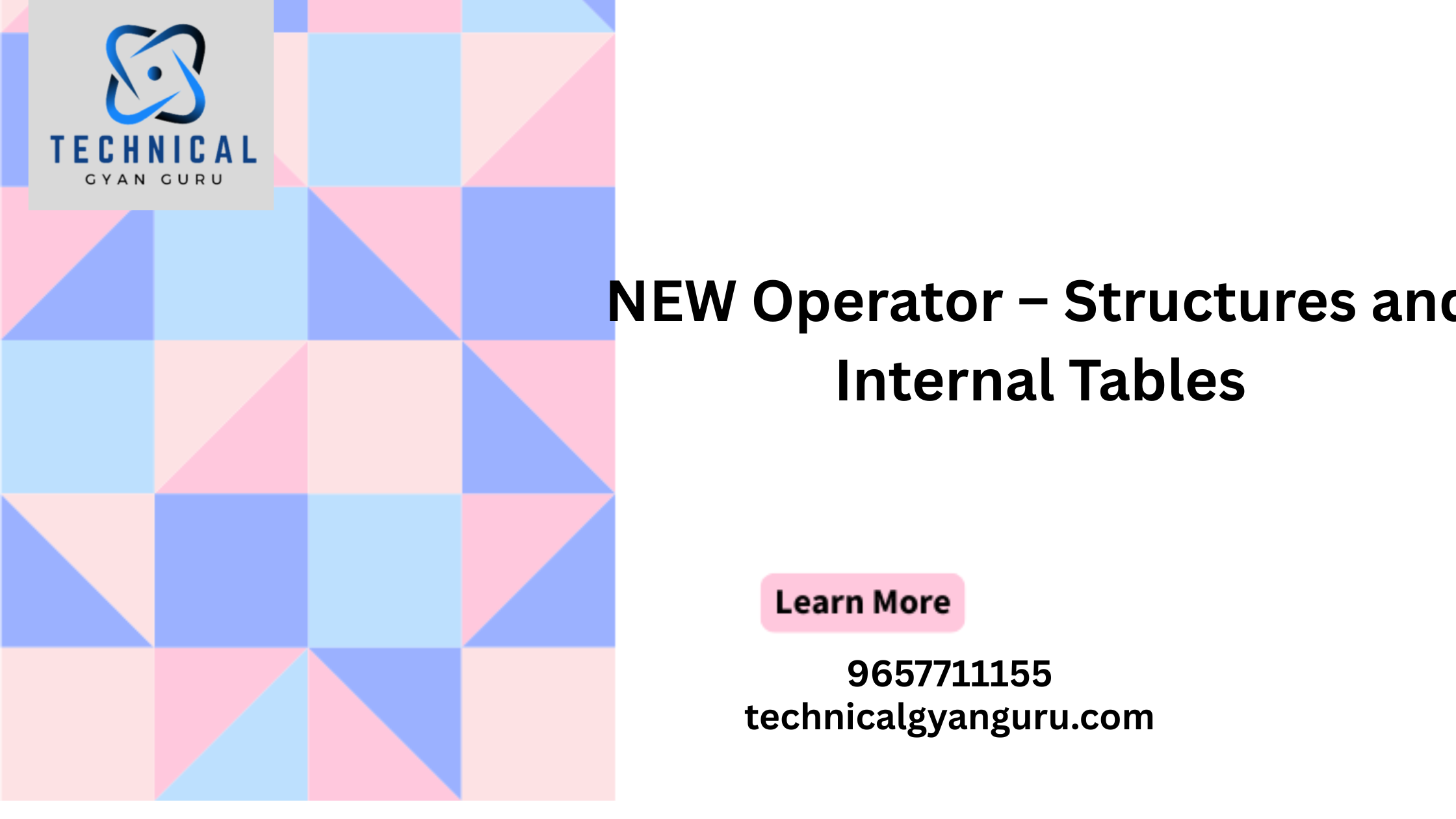
In today’s interconnected world, data flows seamlessly between diverse systems, platforms, and applications. Behind this effortless exchange lies the architecture of OData, an open standard that empowers data interoperability. This blog delves into the core components and architecture of OData, unraveling the mechanisms that make it a linchpin in modern data integration.
Understanding OData Architecture
The architecture of OData is designed to facilitate the creation and consumption of RESTful APIs for data. It follows a client-server model, where clients request and manipulate resources from servers using the HTTP protocol. OData ensures that the interaction between clients and servers is standardized, making it easy to exchange data regardless of the technology stack or platforms involved.
Key Components of OData Architecture
- Client: The client is the entity that requests and consumes data from the server. It can be a web application, a mobile app, or any software that requires data.
- Server: The server hosts the data and exposes it through OData-compliant APIs. It responds to client requests, handling queries, updates, and other operations on data.
- Data Source: The data source is the repository of the actual data. It can be a database, a service, a file, or any source that holds structured data.
- OData Service: The OData service is the intermediary that connects clients with the data source. It exposes the data in a standardized way, allowing clients to interact with it using HTTP methods.
- OData Producer: The OData producer is responsible for generating the OData service. It interprets client requests, retrieves data from the data source, and formats the response according to OData specifications.
- OData Consumer: The OData consumer is the client-side component that interacts with the OData service. It sends HTTP requests to the service and processes the responses to display or use the data.
- Metadata: Metadata is an essential component of OData architecture. It describes the structure of the data exposed by the OData service. Clients use metadata to understand the available resources, their relationships, and the operations they support.
OData Architecture in Action
- Client Request: The process begins when a client sends an HTTP request to the OData service. The request specifies the desired resource, query parameters, and the desired format for the response (e.g., JSON or XML).
- OData Service Processing: The OData service receives the request and interprets it. It uses the metadata to understand the structure of the data and performs the necessary operations on the data source.
- Data Retrieval and Formatting: If the request is a query, the OData service retrieves the relevant data from the data source. It then formats the data according to the requested format (JSON, XML, etc.).
- Response to Client: The OData service sends the formatted response back to the client. The response contains the requested data along with metadata that describes the data’s structure.
- Client Processing: The client receives the response and processes the data. It can display the data in a user-friendly format, perform calculations, or use the data for further processing.
Benefits of OData Architecture
- Standardization: OData’s standardized architecture ensures consistency in data exchange, making it easier for developers to understand and implement.
- Interoperability: OData’s design promotes interoperability between different systems, enabling seamless data communication.
- Flexibility: The architecture allows clients to request only the specific data they need, reducing unnecessary data transfer.
- Ease of Use: Developers can create OData services and clients without deep knowledge of the underlying technologies, thanks to the uniformity of OData APIs.
Conclusion
The architecture of OData forms the backbone of modern data interoperability. Its standardized approach, metadata-driven design, and client-server model provide a powerful framework for creating and consuming RESTful APIs. Whether you’re building applications, services, or platforms, understanding the core components of OData architecture equips you to navigate the intricate landscape of data integration with ease and efficiency.








